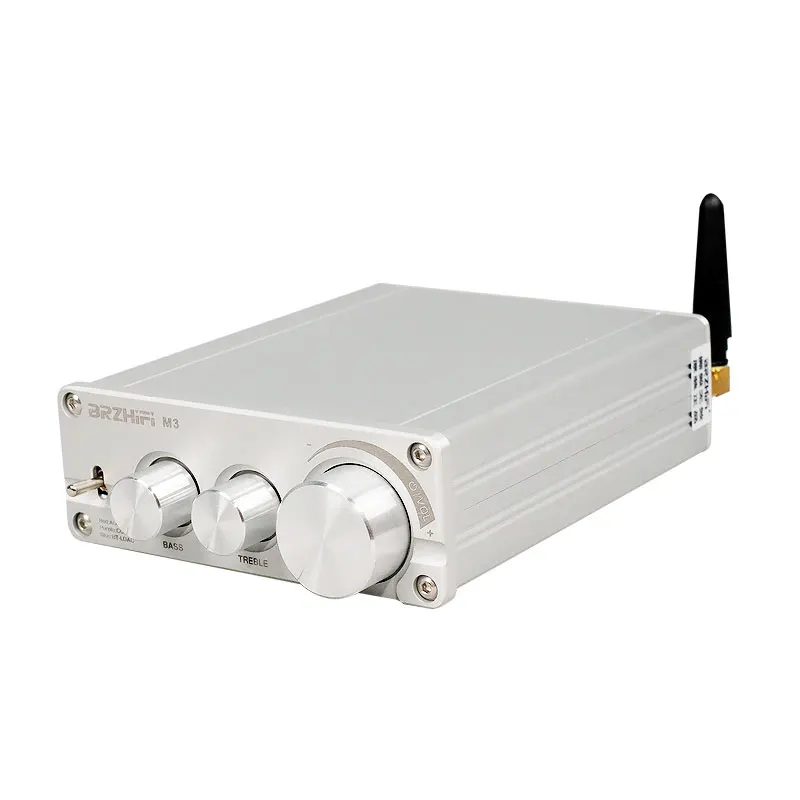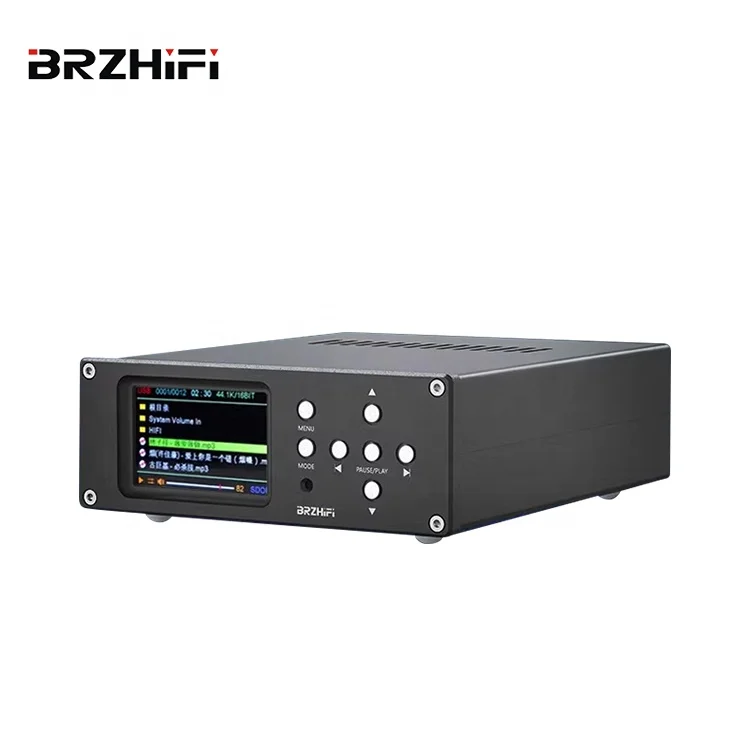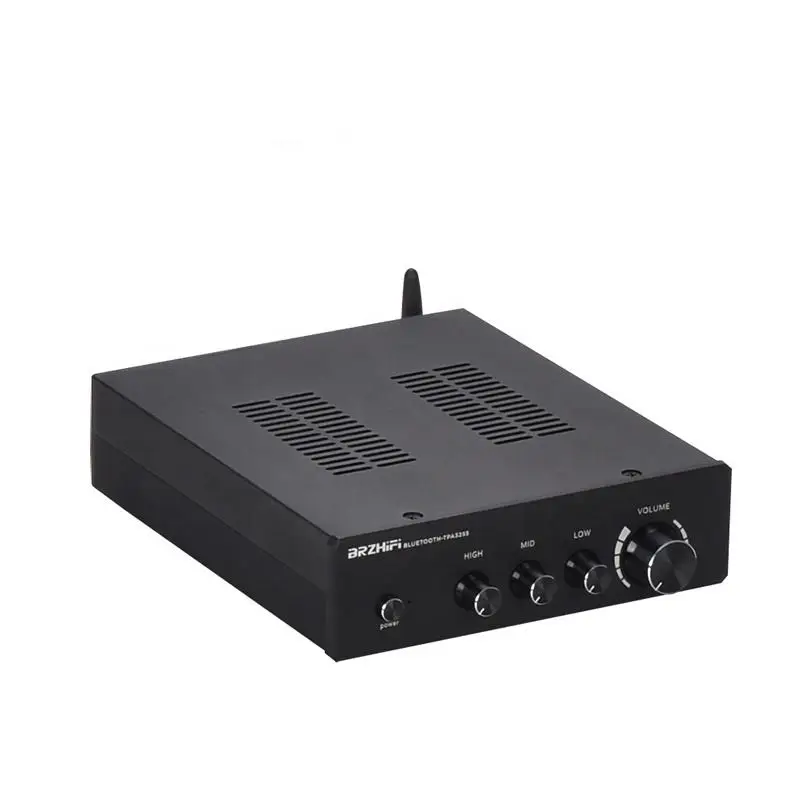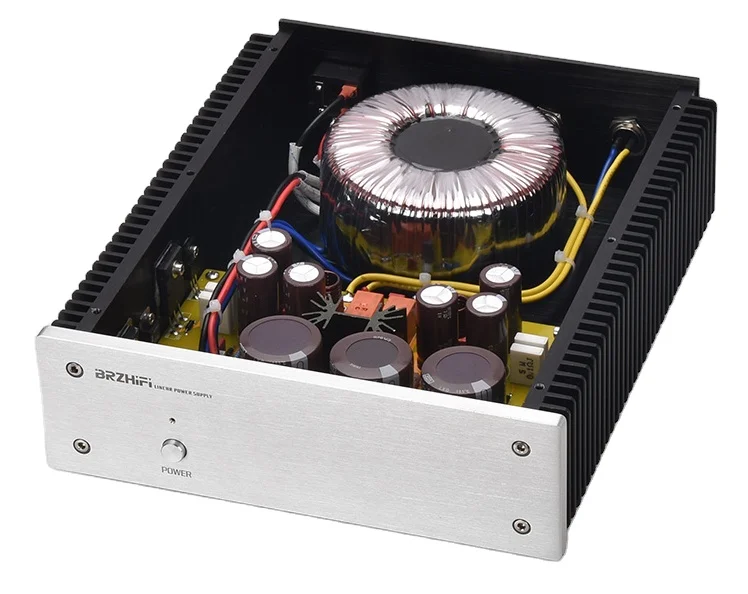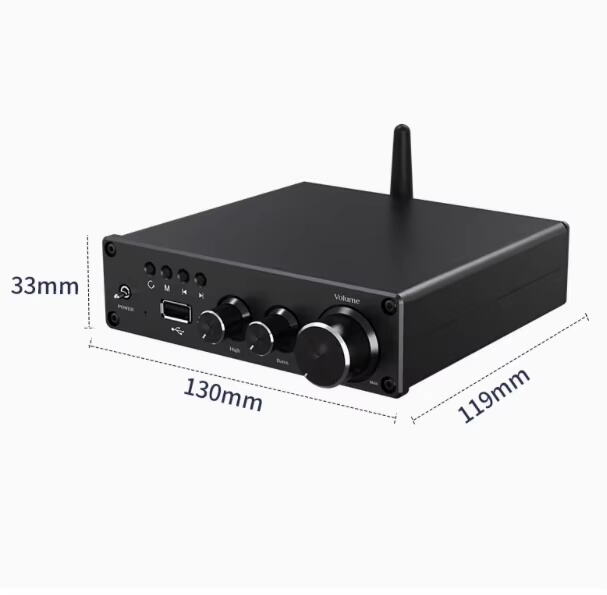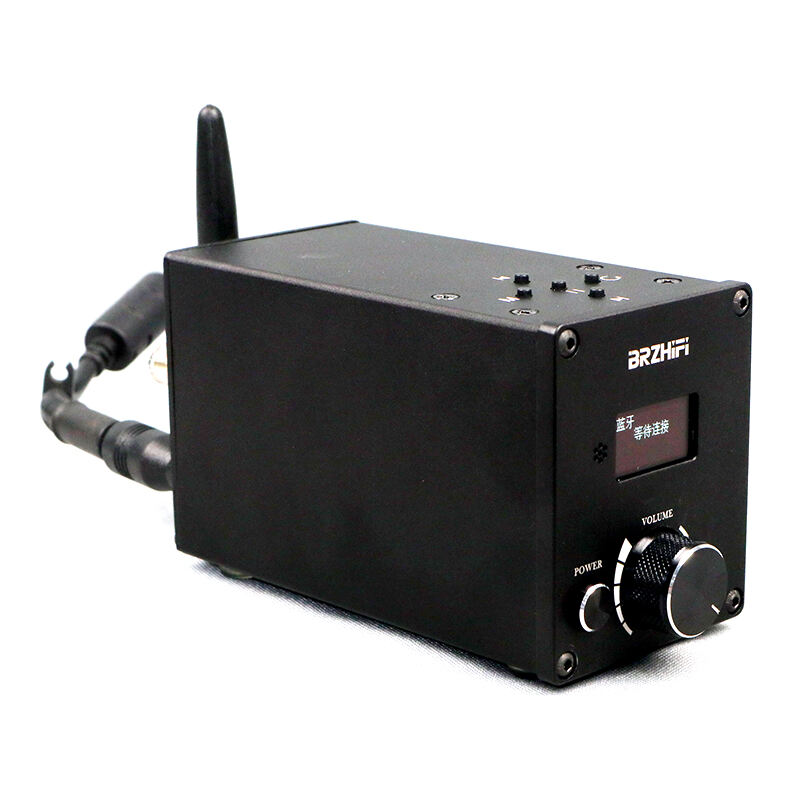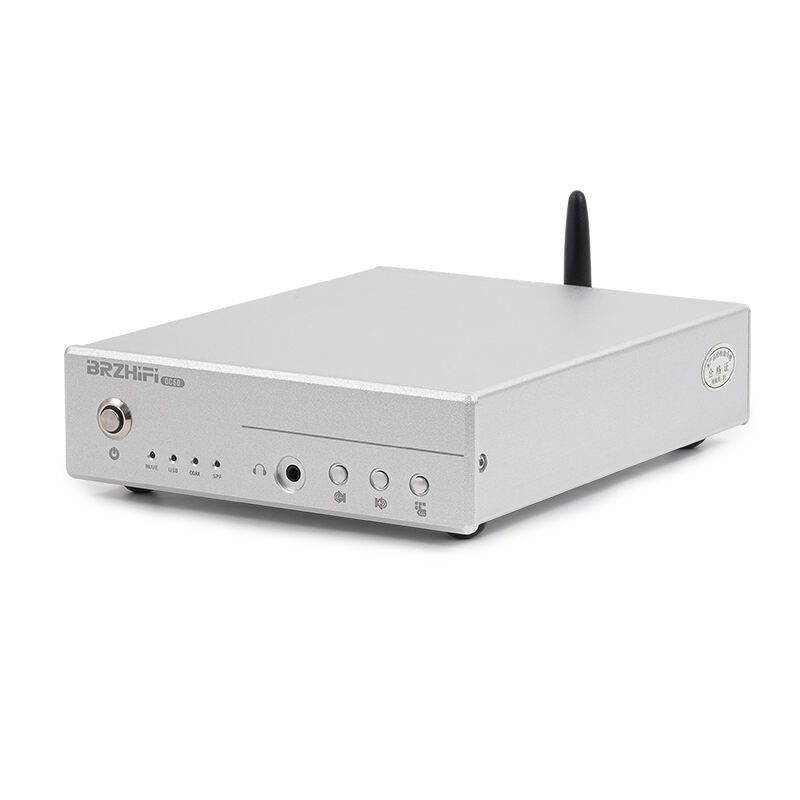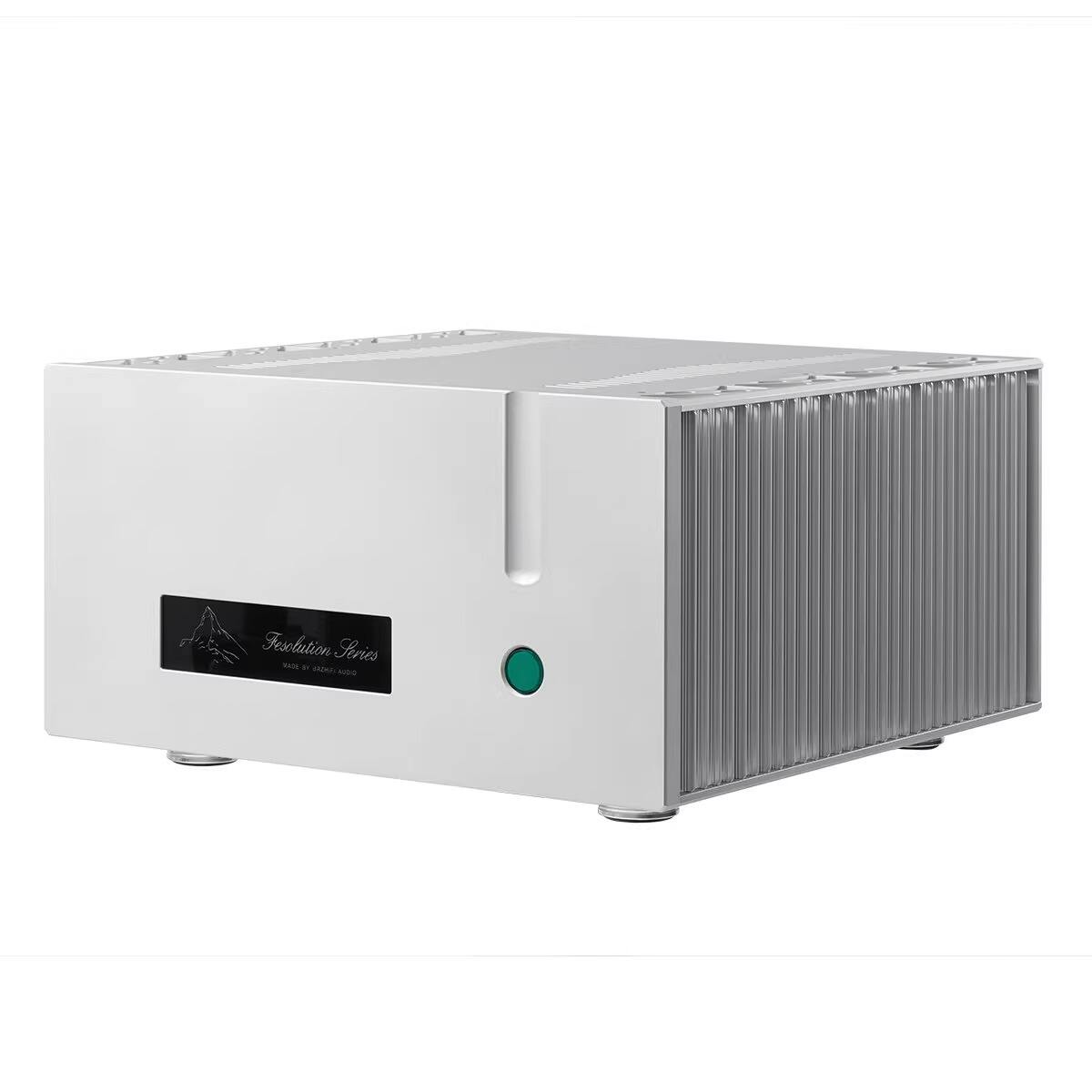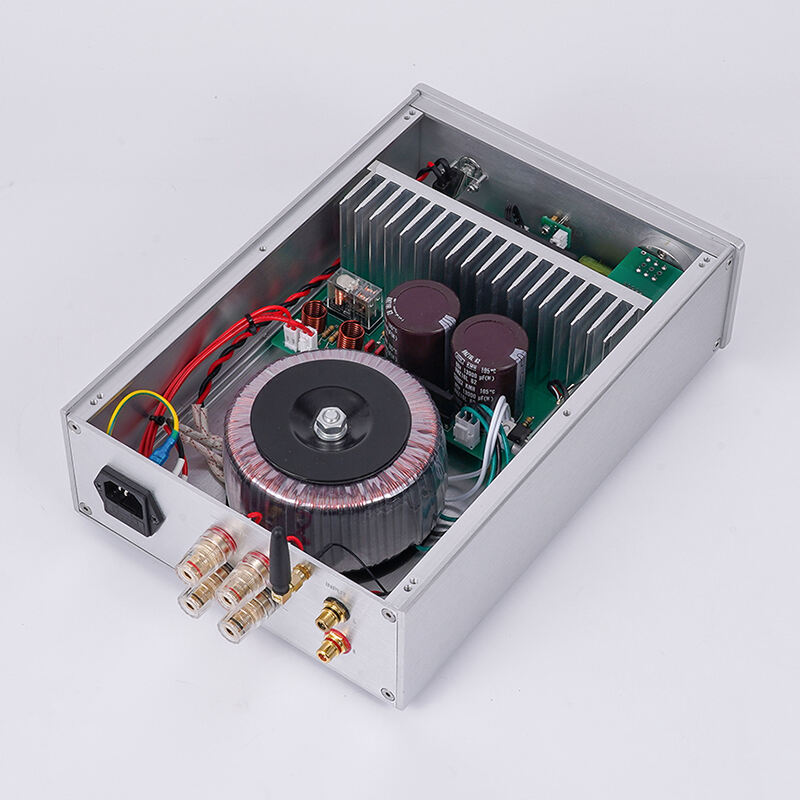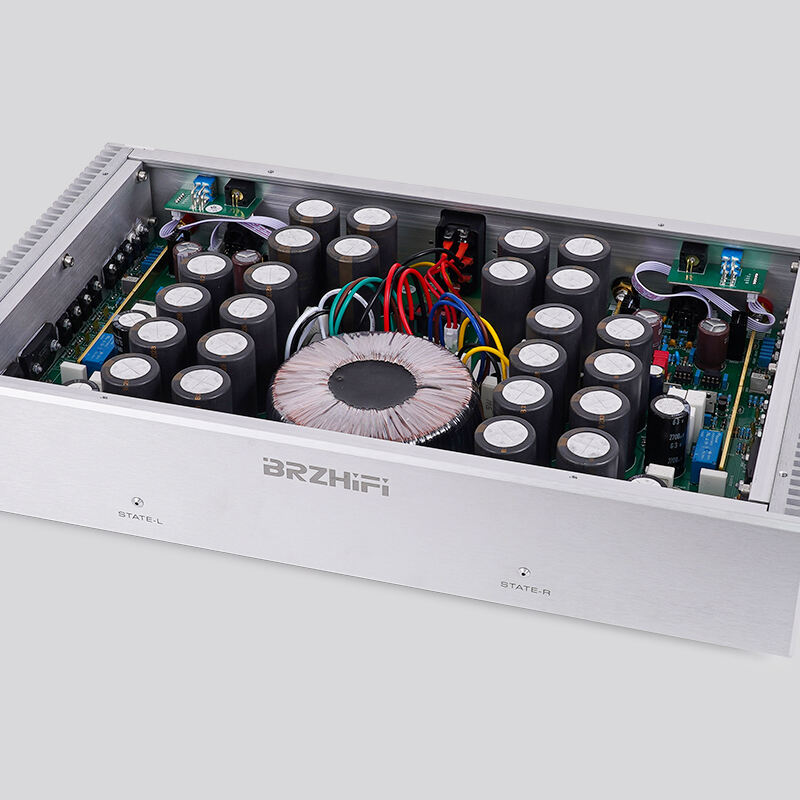best diy class ab amplifier
The best DIY Class AB amplifier represents a perfect blend of audiophile quality and hands-on engineering experience. This amplifier design utilizes a dual-polarity power supply and complementary output transistors, operating in push-pull configuration to deliver exceptional audio performance. The circuit typically features carefully selected components, including high-quality capacitors, precision resistors, and matched transistor pairs, ensuring optimal signal reproduction. With an output power ranging from 50W to 200W per channel, depending on the specific design implementation, these amplifiers offer excellent dynamic range and frequency response from 20Hz to 20kHz. The design incorporates thermal protection circuits, DC offset protection, and short circuit protection mechanisms, making it both reliable and safe to operate. Advanced features such as input buffer stages, balanced voltage gain stages, and regulated power supplies contribute to minimal distortion levels, typically below 0.1%. The amplifier's construction allows for customization of components and specifications, enabling audio enthusiasts to fine-tune the sound signature according to their preferences. This versatility, combined with the educational value of building one's own audio equipment, makes the DIY Class AB amplifier an excellent choice for both audio enthusiasts and electronics hobbyists.

